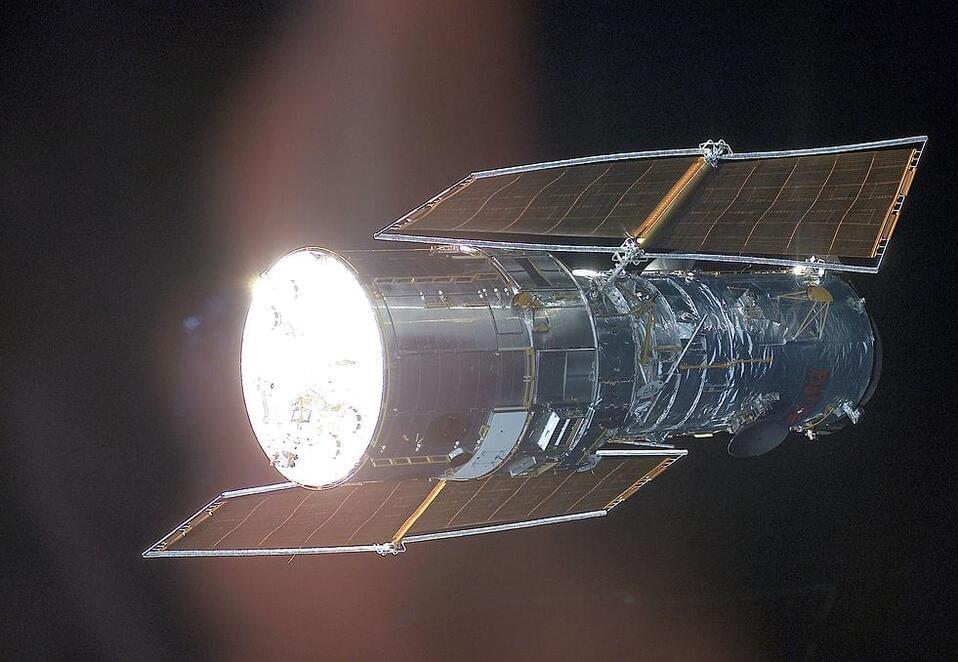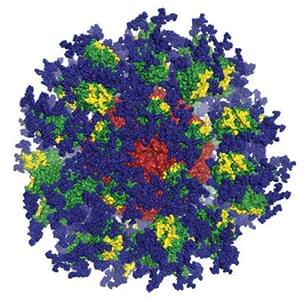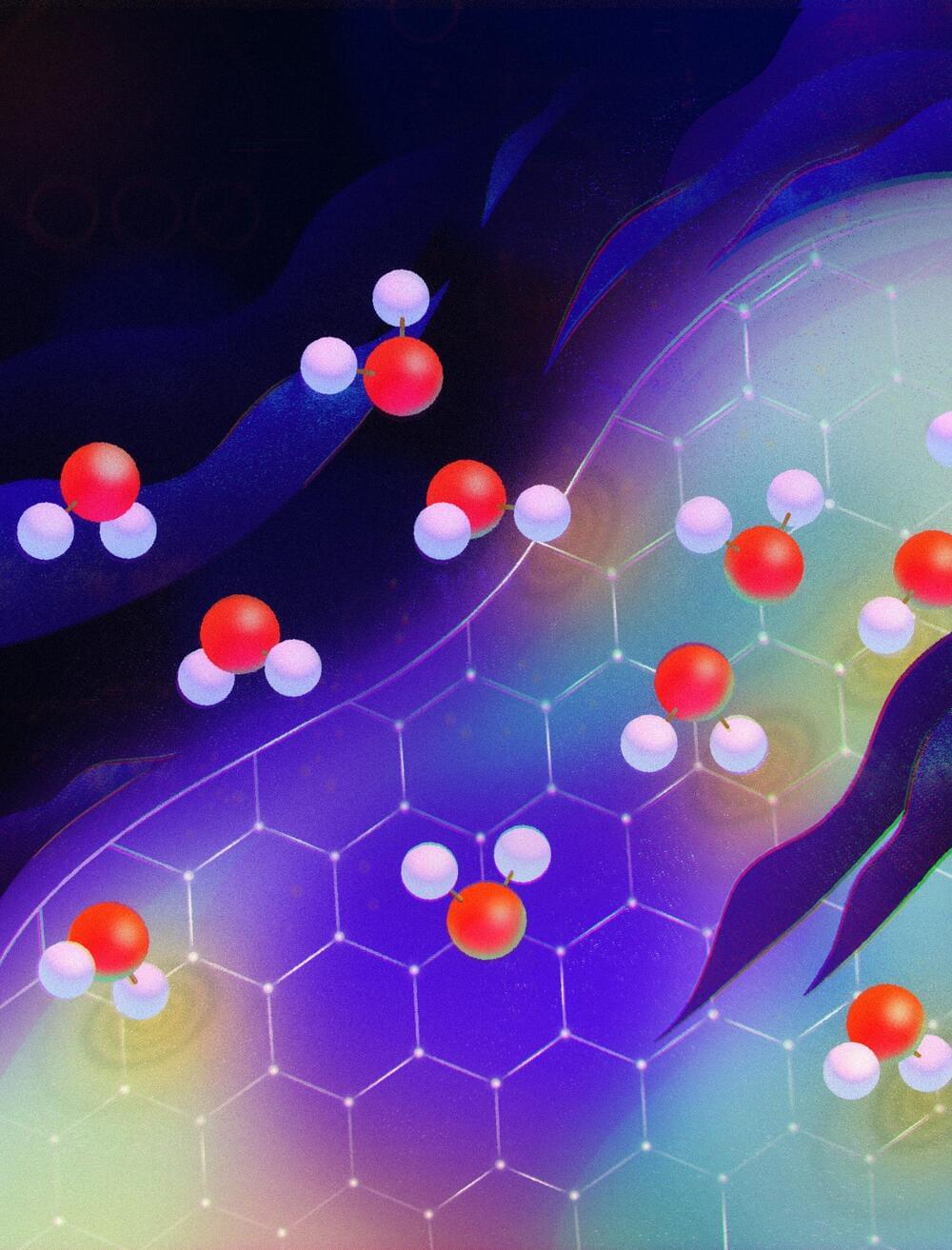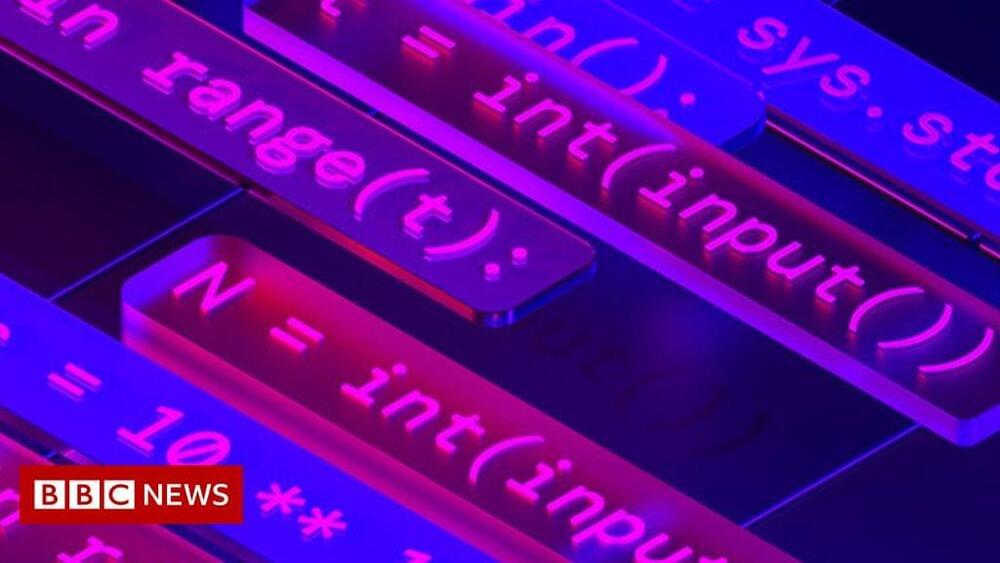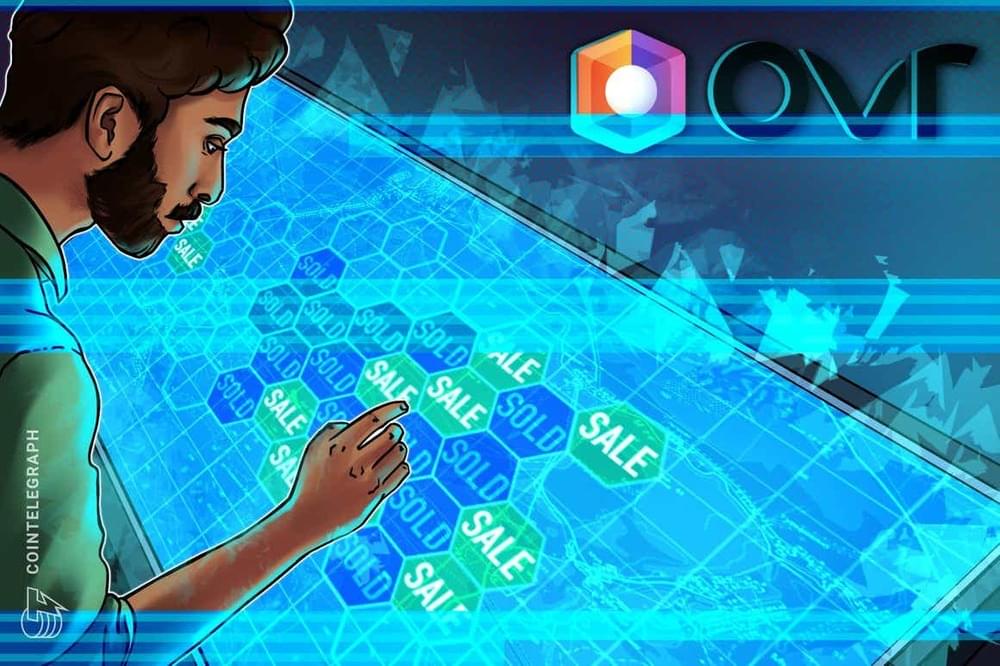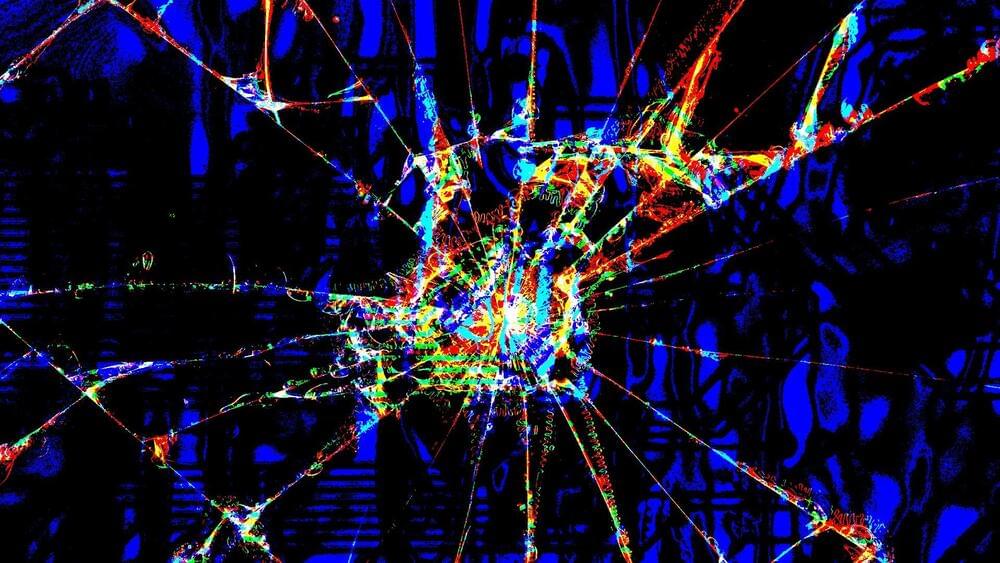WASHINGTON, Feb 1 (Reuters) — Tesla Inc (TSLA.O) will recall 53,822 U.S. vehicles with the company’s Full Self-Driving (Beta) software that may allow some models to conduct “rolling stops” and not come to a complete stop at some intersections posing a safety risk.
The National Highway Traffic Safety Administration (NHTSA) said the recall covers some 2016–2022 Model S and Model X, 2017–2022 Model 3, and 2020–2022 Model Y vehicles. NHTSA said the feature also known as FSD Beta may allow vehicles to travel through an all-way stop intersection without first coming to a stop.
Tesla will perform an over-the-air software update that disables the “rolling stop” functionality, NHTSA said. The agency added it “maintains regular discussions with all manufacturers to discuss potential safety concerns of these types of systems.”


